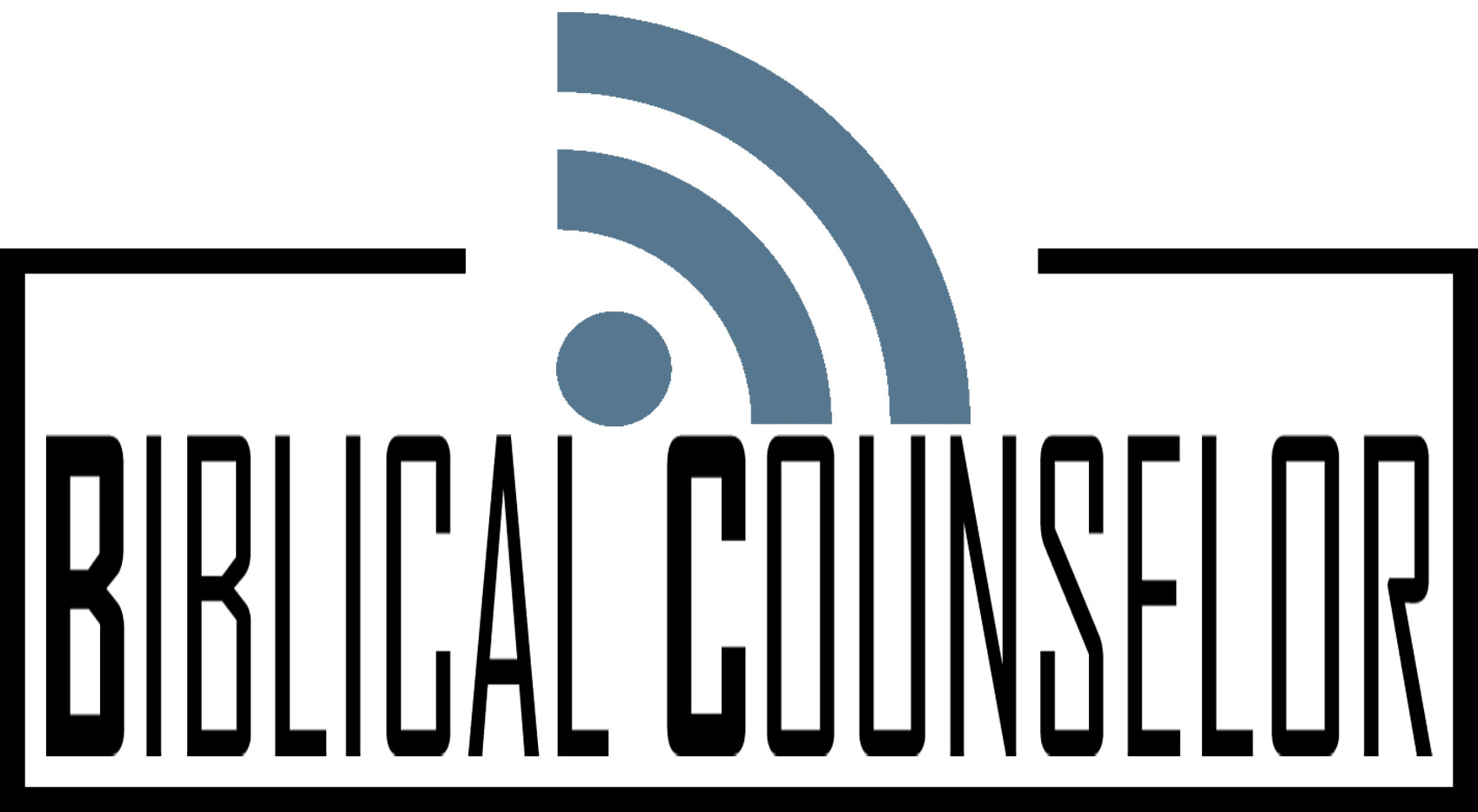“Liberal charismatics.”
That’s how my friend described the teenagers in his church’s youth group. As he described them, these youths would outstretch their arms during corporate worship, and sing at the top of their lungs about their longing for God. At the same time, they would reject large portions of the Bible and indulge in sinful sexual relationships—never even noticing the intellectual discrepancy.
They’re charismatics, he said, because they want to experience the Spirit’s presence. They’re liberal because they’d never acknowledge the authority or sufficiency of the Bible. They believe in God, just not the God of Scripture.
As I heard my friend describe his youth group, I was reminded of my own ministry in secular Sweden. I don’t minister to teenagers but to urban professionals and academics. And yet, like these youth, many Swedish churchgoers adhere to a mixture of unconscious liberal theology and emotionalism.
LIBERALISM AND EMOTIONALISM: WHERE DID THEY COME FROM?
The roots of this strange mixture of ideas can be traced back to the influence of the American revivalist Charles Grandison Finney (1792–1875), whose “new measures” for creating revivals continue to shape Swedish Christianity. Breaking from his forerunners who considered revivals, in the words of Jonathan Edwards, “a surprising
To continue...read the full-length post originally published on this site.
